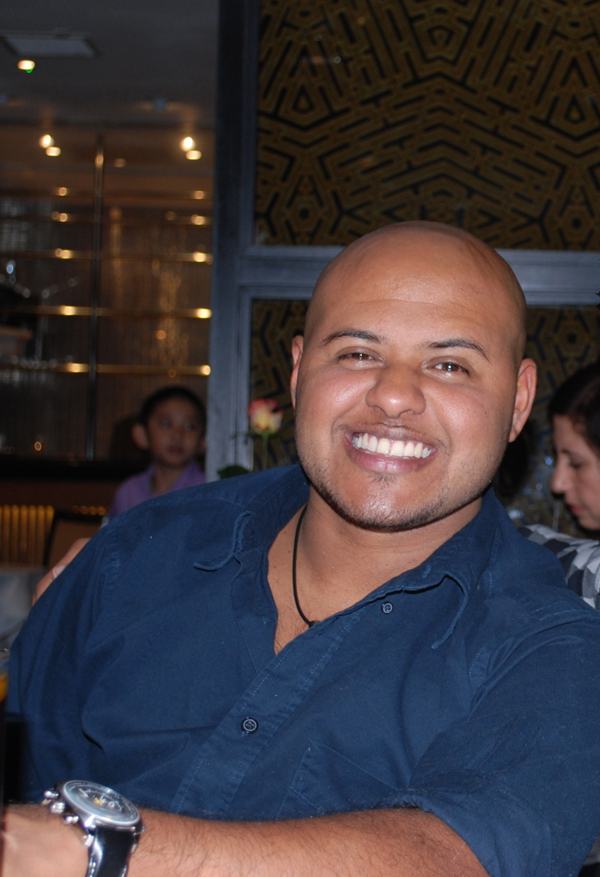For people who can’t find a suitable adult donor, sometimes it's possible to have a cord blood transplant. Cord blood is blood taken from a baby's umbilical cord after birth and is a rich source of stem cells. At Anthony Nolan, we collect cord blood at hospitals around the UK. Here's the breakdown of cord by numbers:
5 - the age of the world’s first ever cord blood transplant recipient
In 1988, a 5-year-old boy with Fanconi Anaemia (FA) received the first cord blood transplant. Amazingly his sister was tested before she was born and was found to be a suitable match. Time was of the essence as he needed his transplant urgently. So his doctors decided that his sister’s cord blood would be a better option than taking bone marrow from his other sibling. The cord blood was collected when his sister was born and transplanted into her brother. The transplant was successful!
2,840 - the number of Anthony Nolan cord blood units that are suitable for transplant
When someone in the UK needs a transplant, we search the adult donor register (people who’ve signed up to be bone marrow donors), as well as our cord blood register. Within two working days, we send an initial search report to the transplant centre telling them aboutpotential adult donors or cord blood units available. We can also search for adult donors and cord blood units around the world.
125 - the number of cord blood transplants that took place in the UK in 2013
In general, cord blood transplants are much less commonly used than transplants from adult donors. But when a suitable unrelated or related adult donor cannot be found, they are an important option for patients in need of a transplant.

Nilush had a cord blood transplant in 2013. Read his story here.
34.5% - the percentage of Anthony Nolan cord blood units suitable for transplant which are from babies with ethnic minority backgrounds
Because the stem cells found in the umbilical cord are immature, it isn’t necessary to have as close a match as needed with an adult donor transplant, and doctors are sometimes happy to do a cord blood transplant with a 6/8 match (with an adult donor, you normally need at least a 8/10 match). This is an advantage for patients with rare tissue types and from black, Asian, and ethnic minority backgrounds.
1400 million - the minimum number of stem cells needed for a cord blood unit to be processed ready to be selected for a transplant
At first, cord blood transplants were just an option for children because of the limited amount of stem cells available to collect. Sometimes, an adult patient will need two cord blood units at the same time for a successful transplant, which could come from separate umbilical cords and sometimes even from different countries.
20 – the average number of Anthony Nolan cord blood units that are used in medical research every week
It can be difficult to collect cord blood units that are a good enough size and quality to be able to be used in transplant. Even though some cord blood units can’t be used in transplant, they are not wasted – and may be put to amazing uses in medical research. For example, they are used in research developing a new target to eradicate leukaemia.
Indefinite - the years that a cord blood unit could be used in the future
When cryogenically frozen, cord blood units could potentially last forever.
Find out more about the Anthony Nolan cord blood programme here
